Traditional Chinese festivals carry thousands of years of cultural heritage and are a concentrated embodiment of national emotions and life wisdom. From the Spring Festival to the Double Ninth Festival, each festival has its own unique time nodes, customs, rituals, and cultural connotations, connecting the annual rhythm of Chinese life.
Spring Festival: A reunion ceremony to bid farewell to the old and welcome the new
The Spring Festival is the most solemn and distinctive traditional festival among Chinese people, commonly known as "Chinese New Year", which is the first day of the first lunar month (usually from the end of January to mid-February in the Gregorian calendar). Its origins can be traced back to ancient times, and it was originally a ceremony held by ancestors to celebrate a bountiful harvest and pray for a smooth harvest in the coming year.
During the Spring Festival, "reunion" is the core theme - no matter where they are, Chinese people will always try their best to return to their hometowns to reunite with their families. Common customs include pasting Spring Festival couplets (writing auspicious words on red paper and pasting them on both sides of doors and windows), eating dumplings (meaning attracting wealth and treasure), elders giving red envelopes to younger generations (symbolizing blessings and good luck), setting off firecrackers (exorcising evil spirits and welcoming the new year, now mostly electronic firecrackers to take into account environmental protection), and dragon and lion dance performances, which are very lively. If you invite Chinese friends to go out at this time, you will often get a response of "I have to go home for the New Year", which shows the weight of the Spring Festival in the hearts of the Chinese people.
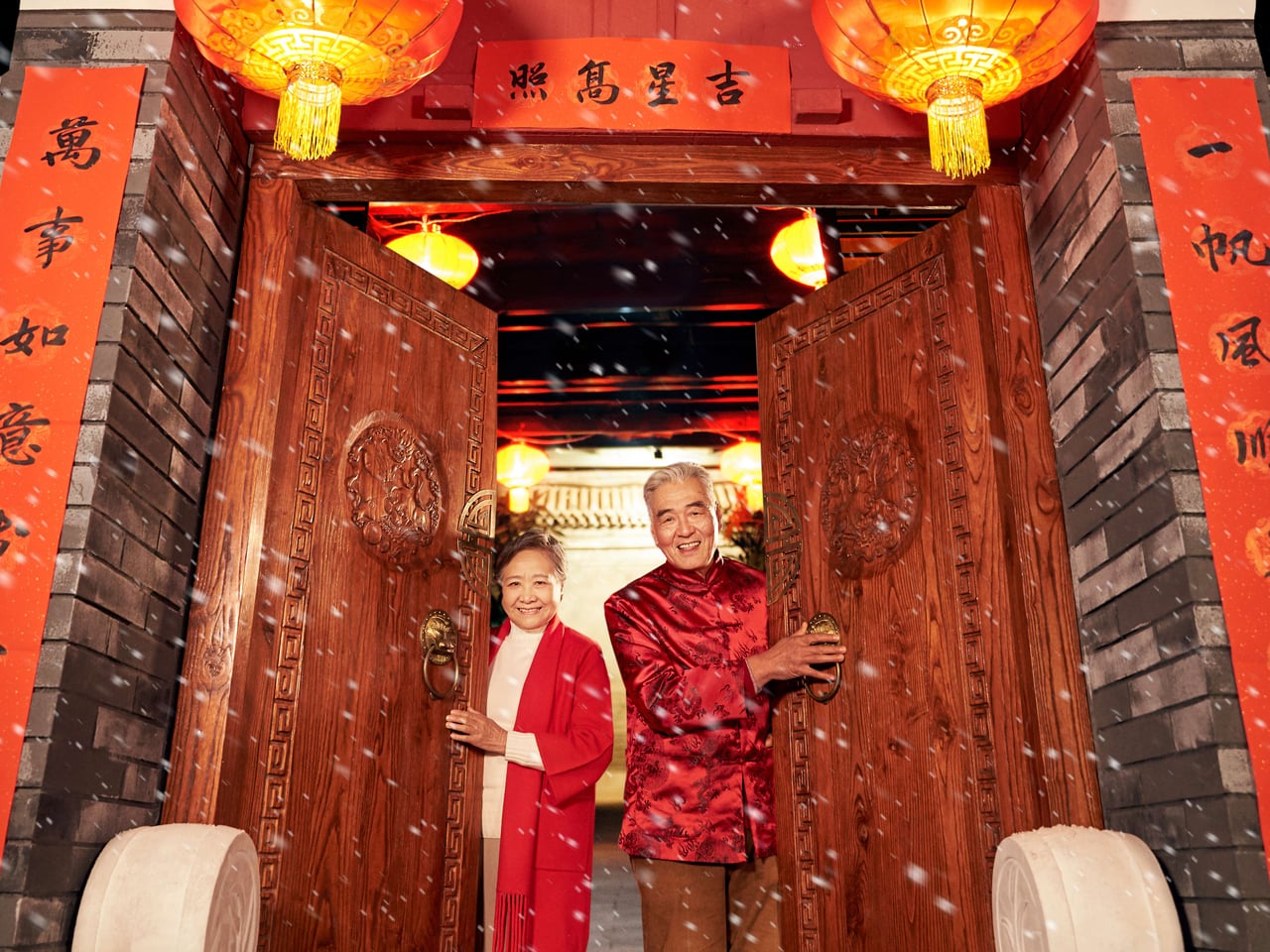
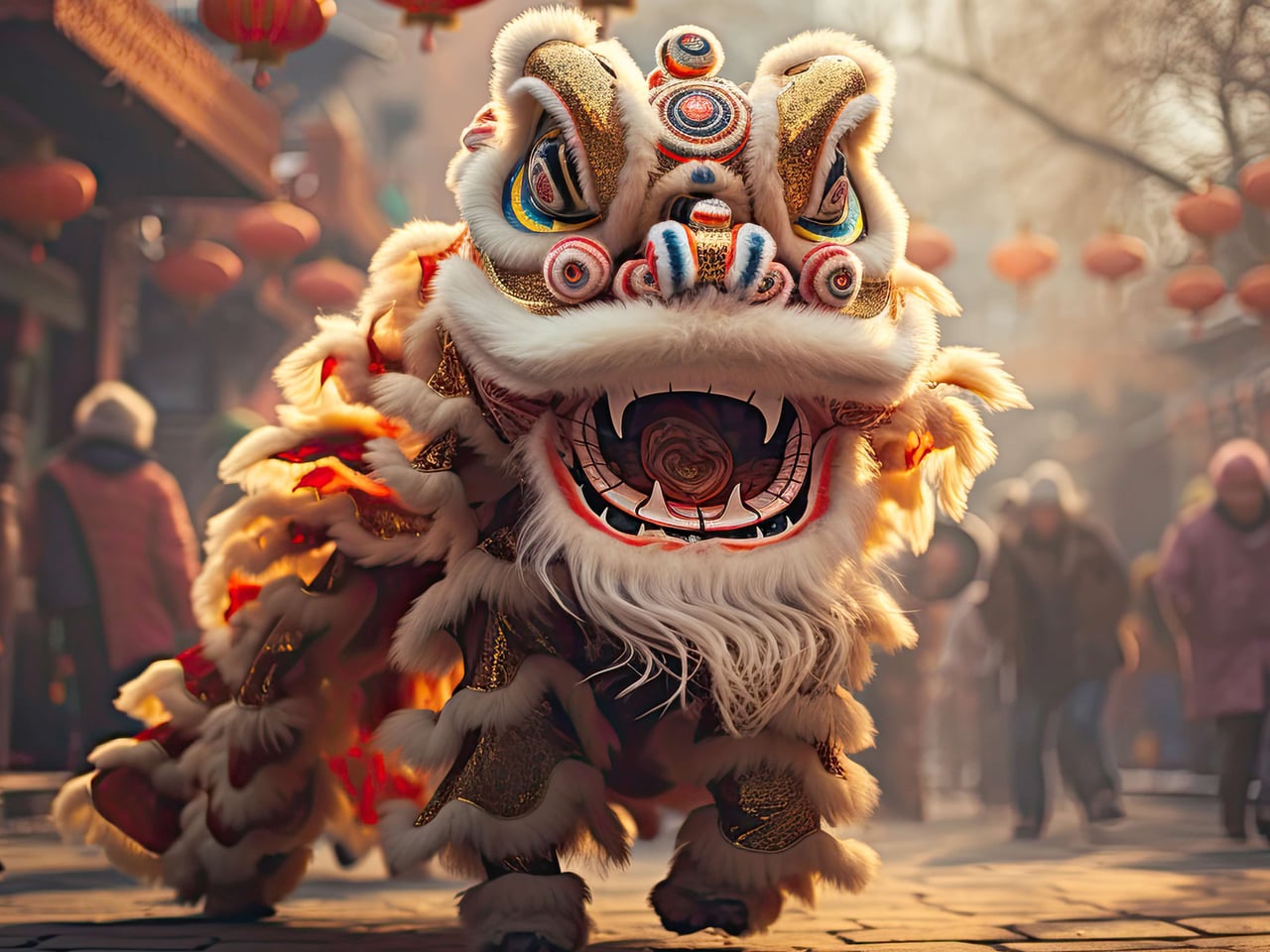
Lantern Festival: The finale of the Spring Festival
The Lantern Festival is the last important node of the Spring Festival customs, and it is also a traditional festival that symbolizes reunion, on the 15th day of the first lunar month (usually from mid-February to the end of February in the Gregorian calendar). At this time, it is the occasion of "the resumption of the yuan and the spring return of the earth", and the emotional identity of the Chinese people for "yuan" is vividly displayed in this section - "yuan" is not only the form of glutinous rice balls, but also represents family harmony and a happy life.
The core customs of the Lantern Festival revolve around the word "trouble": go out to enjoy the moon and feel the brightness of the moon, light lamps to create a romantic atmosphere, guess lantern riddles (write riddles on lanterns, guess correctly to get small gifts) to add fun, and the whole family eats Lantern Festival (also known as glutinous rice balls, glutinous rice wrapped in sweet filling, symbolizing reunion). In addition, social fire performances such as dragon lantern dances and stilt walking will be held in various places, with performers dressed in colorful costumes and traveling through the streets and alleys accompanied by the sound of gongs and drums, conveying people's wishes for a bountiful year.
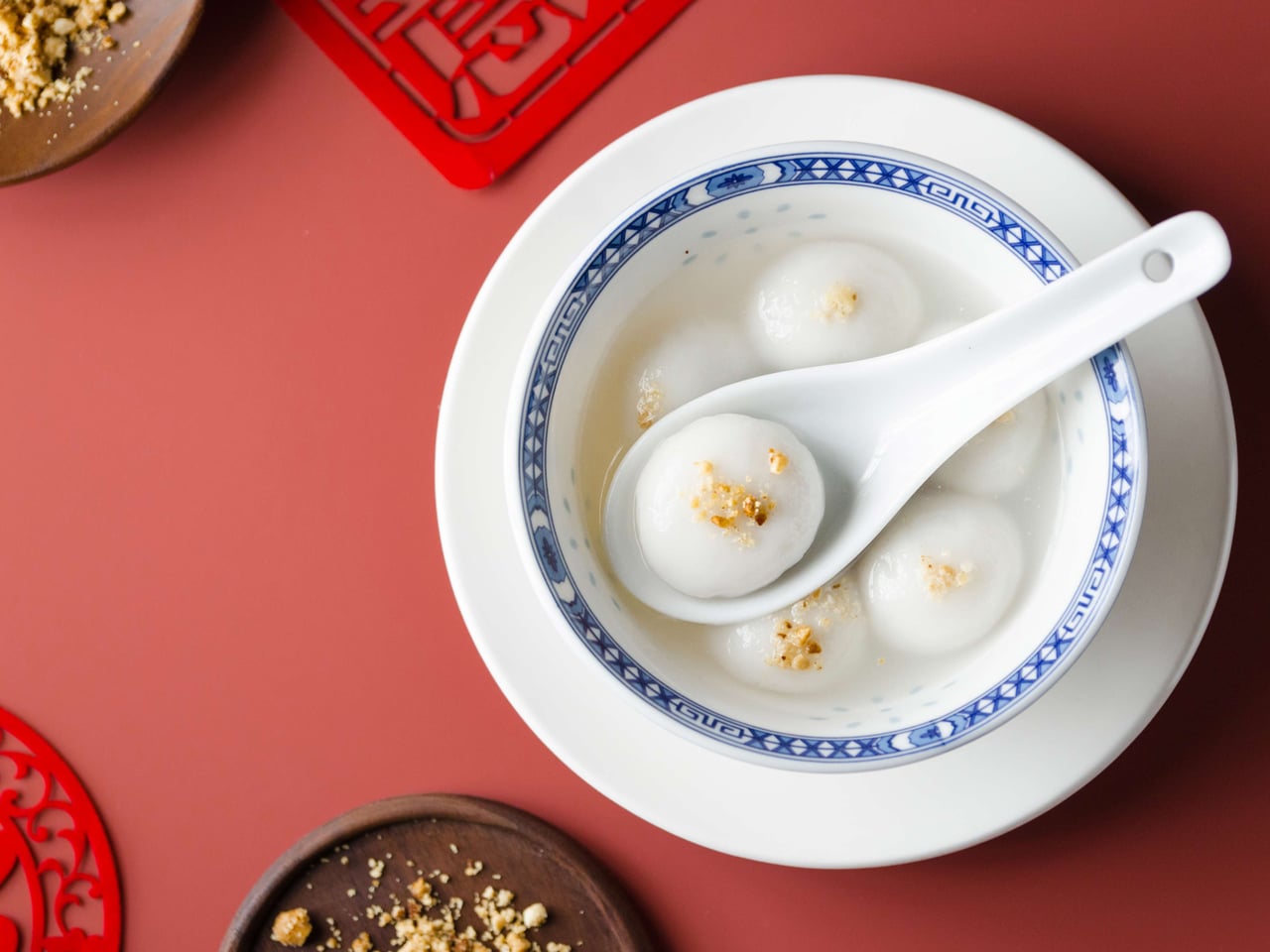
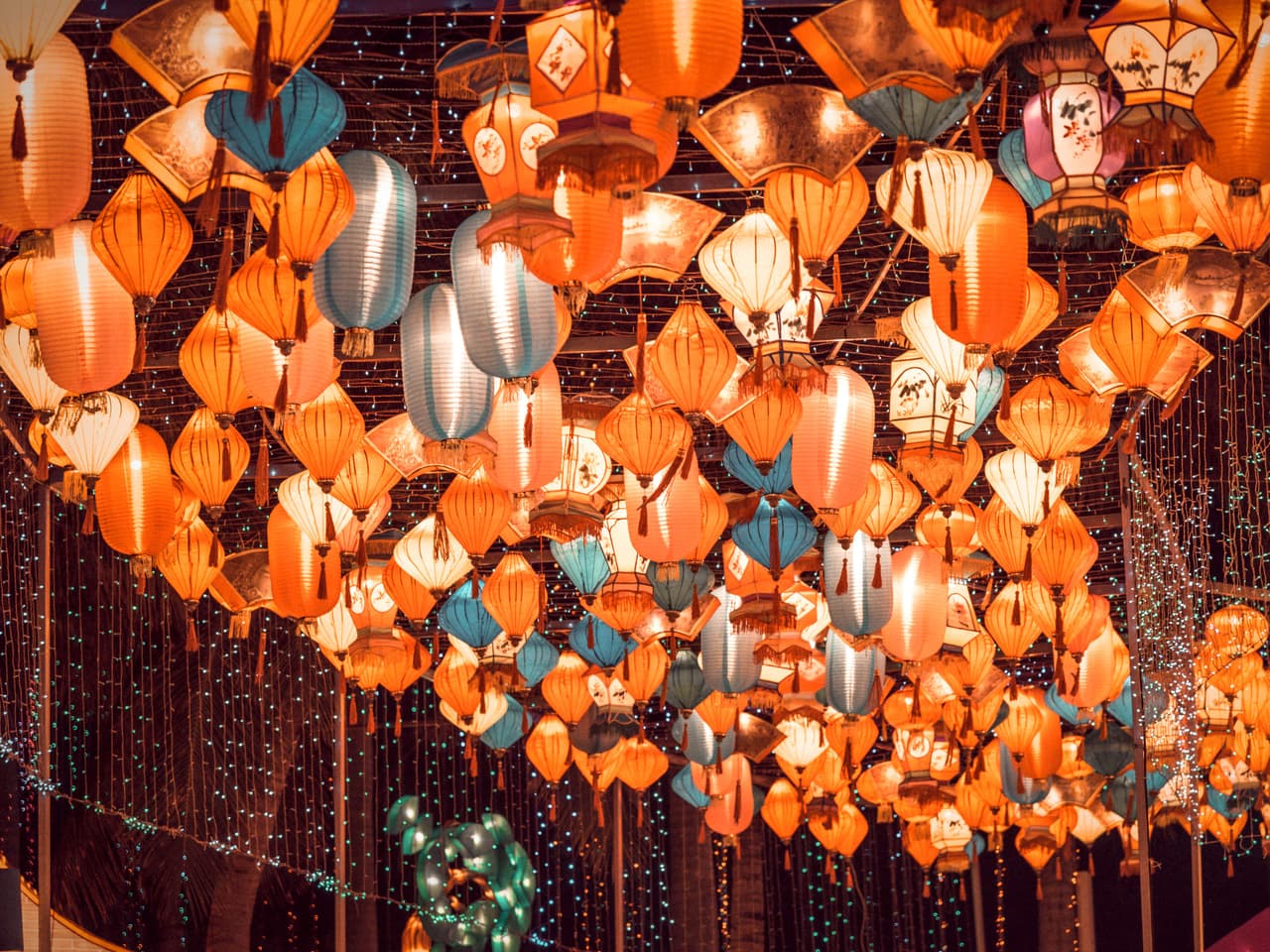
Qingming Festival: A spring festival that is cautious and chases the future
Qingming Festival, also known as the Tomb Sweeping Festival and March Festival, is on the 15th day after the spring equinox (usually April 4th to 6th in the Gregorian calendar), and has the dual attributes of the "twenty-four solar terms" and traditional festivals - it is not only a natural node that marks the recovery of all things, but also an important day to pay tribute to ancestors and remember ancestors.
The core custom of Qingming Festival is to visit graves and worship ancestors: people will return to their hometowns, place incense candles, paper money, fruits, pastries and other tributes in front of the graves of their ancestors, burn incense and worship, and pray for the safety and prosperity of their ancestors. In addition to the solemn sacrificial ceremony, the Qingming Festival is also a good time to get close to nature, when the countryside is lush with vegetation and mountain flowers, people often take a walk after sweeping the grave, feel the vitality of spring, and form a unique festival atmosphere of "solemn ancestor worship + easy outing".
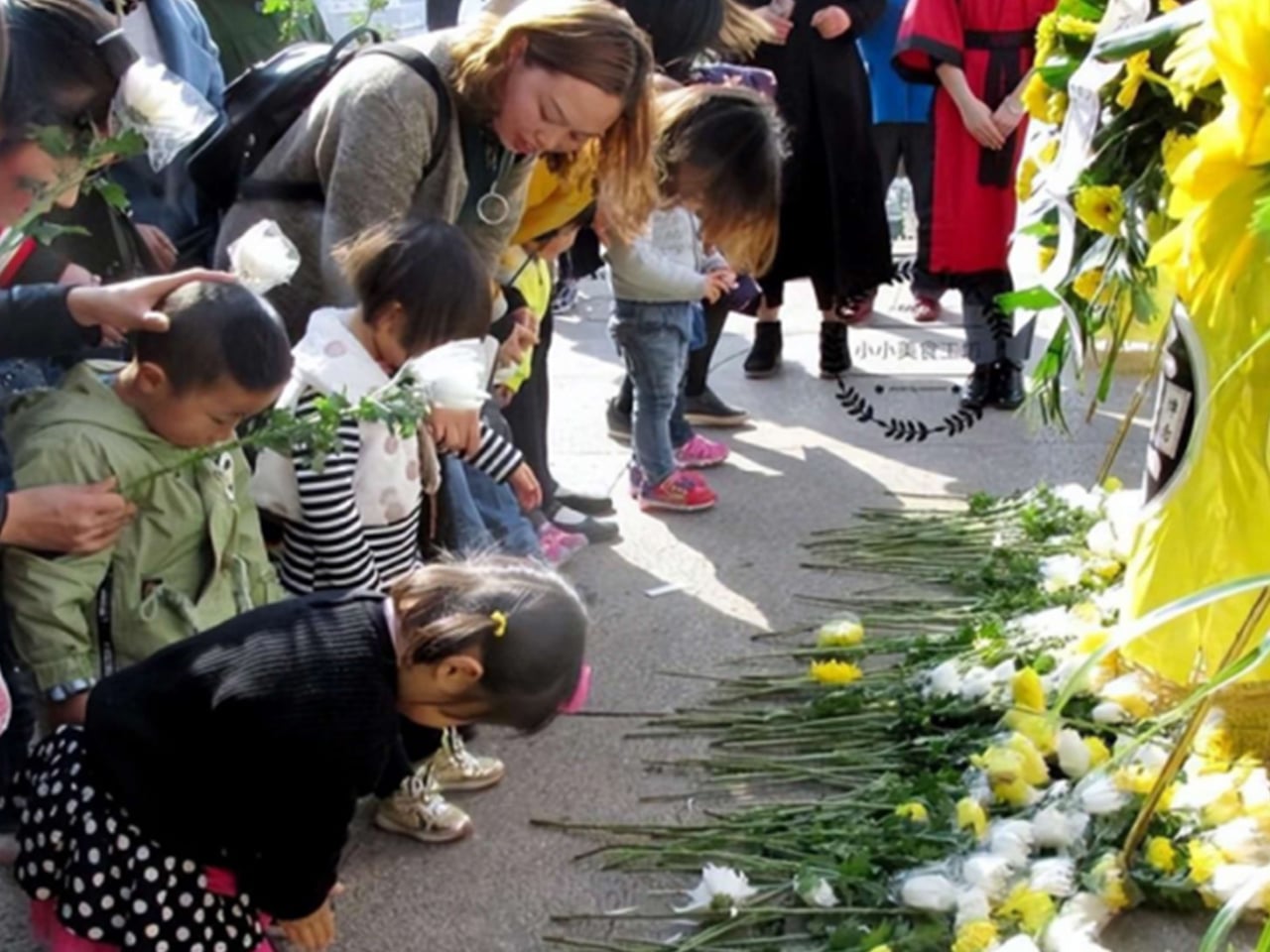
Dragon Boat Festival: A dragon boat event to commemorate the heroes
The Dragon Boat Festival, also known as the Dragon Boat Festival and the Dragon Boat Festival, is on the fifth day of the fifth lunar month (usually from May to mid-June in the Gregorian calendar), and has a history of more than 2,000 years. Its origin was first related to the ancient ancestors' worship of the water god and dragon ancestor, and later gradually combined with the legend commemorating the patriotic poet Qu Yuan - it is said that after Qu Yuan threw himself into the river, the people rowed boats to salvage and threw rice dumplings to feed the fish to protect his body, and these behaviors gradually evolved into festival customs.
The characteristic customs of the Dragon Boat Festival are rich and diverse: making rice dumplings (wrapping glutinous rice, red dates, meat and other fillings with bamboo leaves, steaming), hanging wormwood (placed on doors and windows, meaning to ward off evil spirits and avoiding disasters), drinking realgar wine (a traditional custom, now mostly symbolic tasting due to health considerations), the most lively of which is the dragon boat racing - a team of dozens of people rides a dragon boat, paddling hard to the sound of drums, and the audience on the shore shouts and cheers, the scene is spectacular and intense, which is the most attractive activity in the festival.
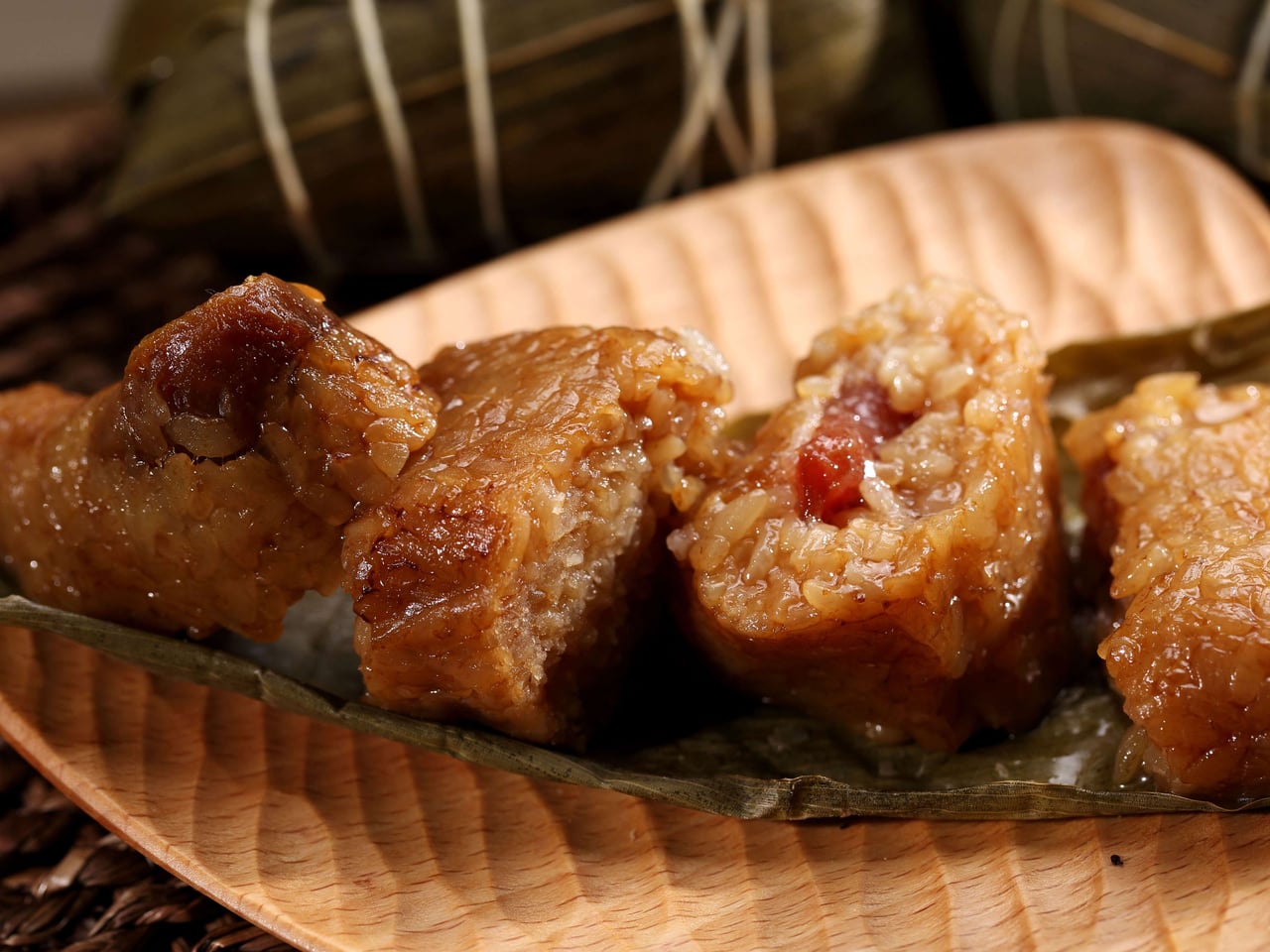
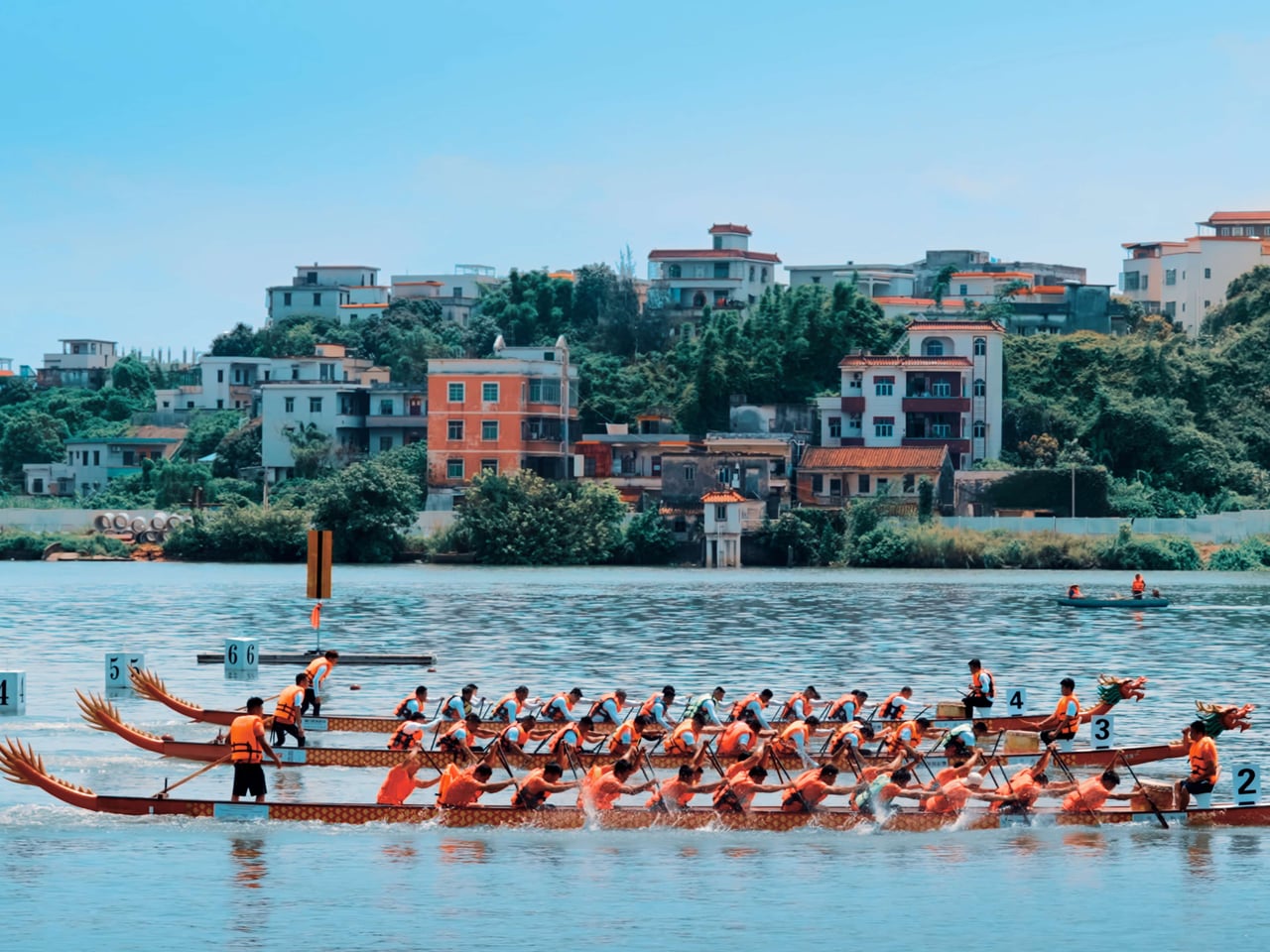
Qixi Festival: Carrying the romantic "Chinese Valentine's Day"
Qixi Festival, also known as Qiqiao Festival and Daughter's Day, is the seventh day of the seventh lunar month (usually from August to early September in the Gregorian calendar), originating from the ancients' worship of the stars, and later developed into the "Chinese Valentine's Day" symbolizing romance with the folk love story of the Cowherd and Weaver Girl, echoing Western Valentine's Day.
In ancient times, the Qixi Festival was an important festival for unmarried women - girls would engage in "skill" activities, competing in needle threading (testing needlework skills), paper-cutting, cooking and other crafts, praying that they could have superb female red skills and harvest a happy life. Nowadays, the Qixi Festival is more related to love: boys and girls will exchange gifts and express their feelings on this day, while couples will date to enjoy the moon, praying for long-lasting love and making the festival full of romantic atmosphere.
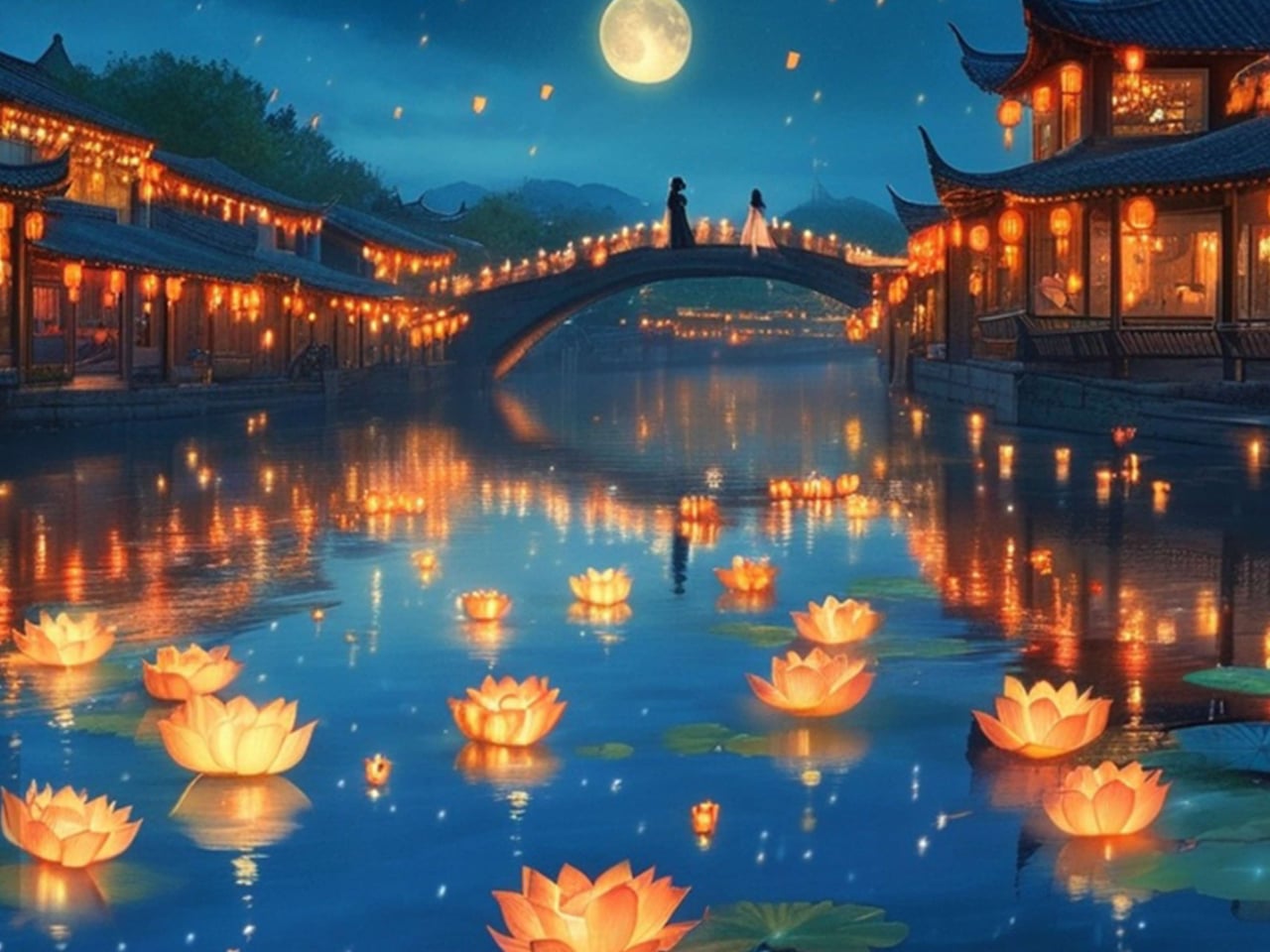
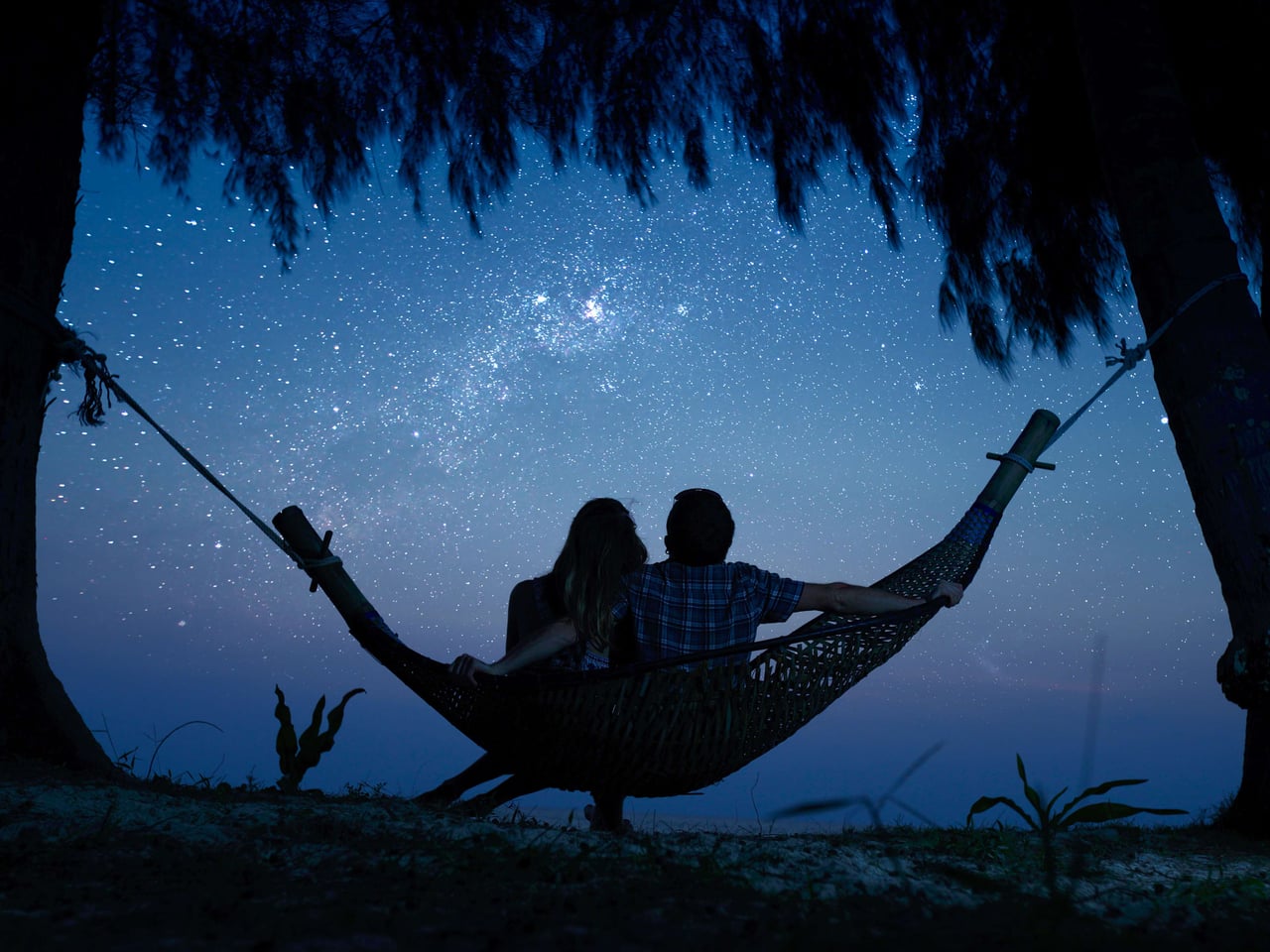
Mid-Autumn Festival: A beautiful day for moon viewing and reunion
The Mid-Autumn Festival is held on the 15th day of the eighth lunar month (usually from September to early October in the Gregorian calendar), which has a history of more than 3,000 years. The ancients believed that the moon was the largest and fullest on this day, and "round" symbolized family reunion and a happy life, so the Mid-Autumn Festival became an important festival for family and friends to reunite.
The core custom of the Mid-Autumn Festival is "moon viewing + eating mooncakes": when night falls, family members sit around the courtyard or dining table, watching the bright moon while sharing mooncakes (with flour as the skin, filled with bean paste, lotus paste, five kernels and other fillings, round mooncakes symbolize reunion). In addition to moon viewing and eating cakes, some areas will also hold activities such as lantern viewing and lantern riddle guessing, especially in the south, where the Mid-Autumn Festival lantern festival is very lively, with various lanterns lighting up the night sky and adding to the festive atmosphere.
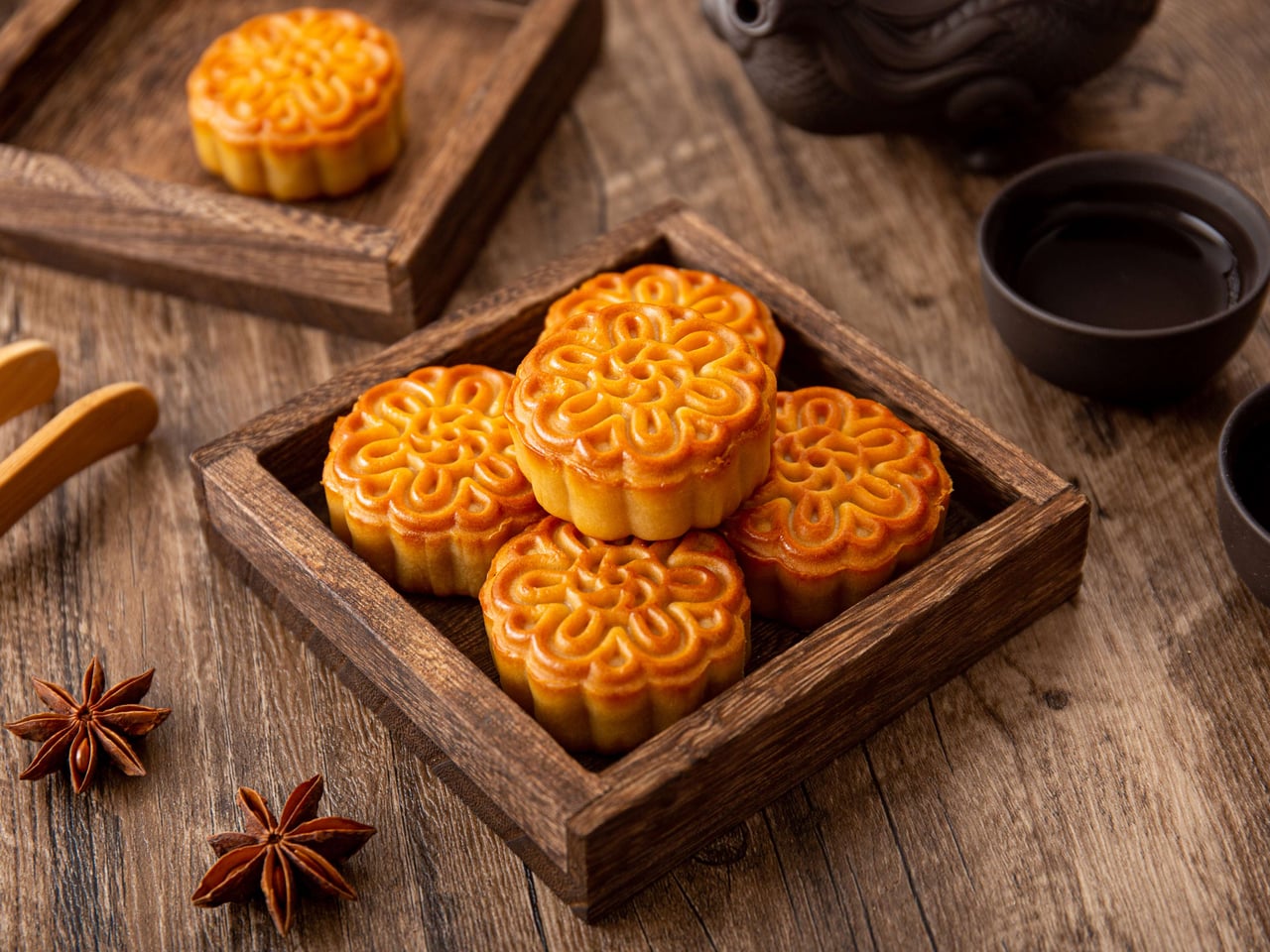
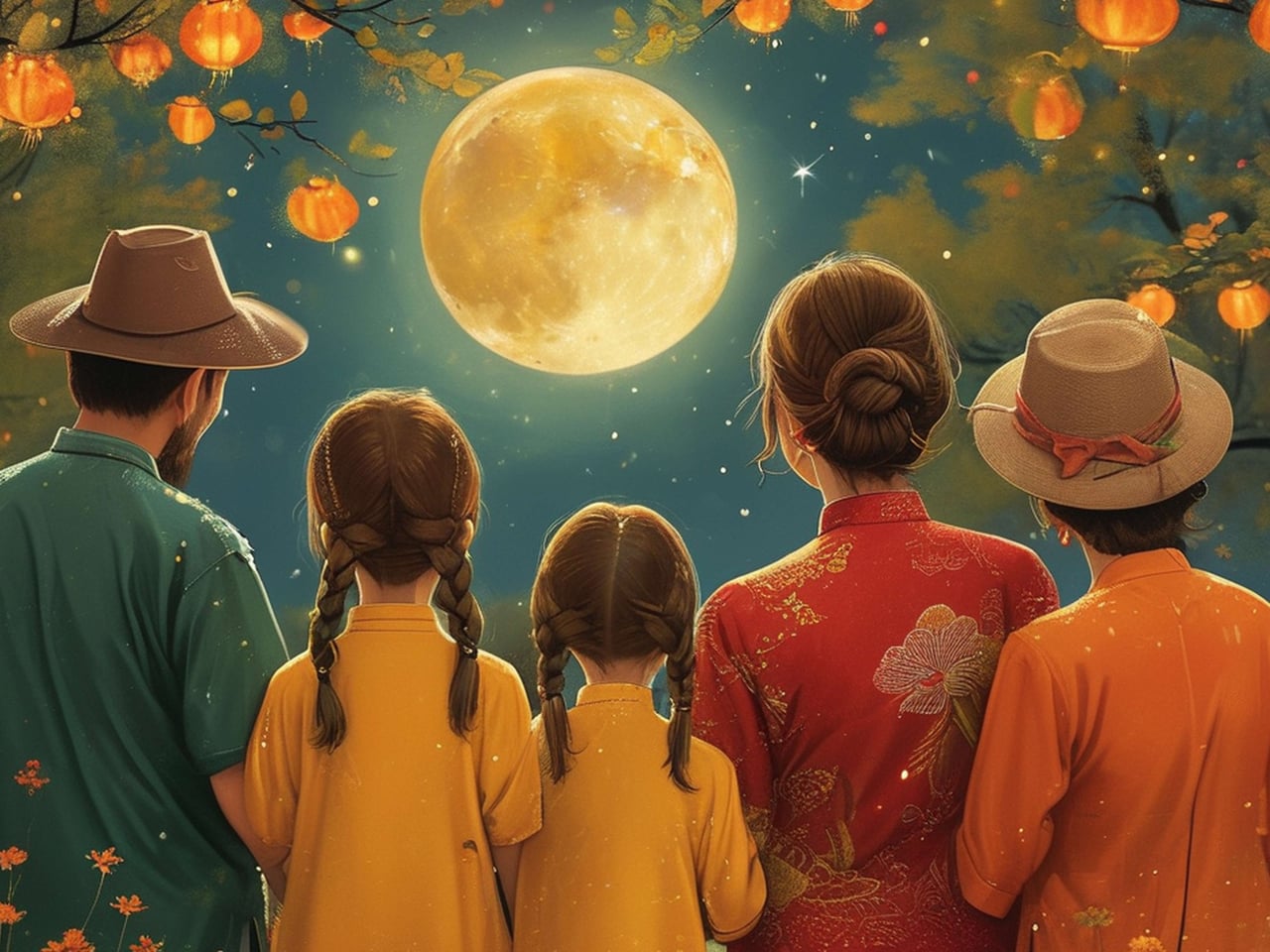
Chongyang Festival: The golden autumn festival of respecting the elderly
The Double Ninth Festival, also known as the Climbing Festival and the Respect for the Elderly Festival, falls on the ninth day of the ninth lunar month (usually from October to early November in the Gregorian calendar). In traditional culture, "nine" is the largest yang number, and "ninety-nine" means "long life", so the Double Ninth Festival entrusts people's good wishes for the health and longevity of the elders.
The customs of the Double Ninth Festival have both health preservation and respect for the elderly: in the golden autumn of September, people will travel to enjoy the scenery and climb high to overlook, not only to enjoy the autumn scenery, but also to exercise and relax; At the same time, banquets will be held in various places, where juniors express their gratitude to the elders, and will also watch chrysanthemums, pick Chinese herbs, eat Chongyang cakes (made of rice flour, symbolizing step by step), and drink chrysanthemum wine (traditional health wine, which means to ward off diseases and prolong life), making the festival full of warm and healthy atmosphere.
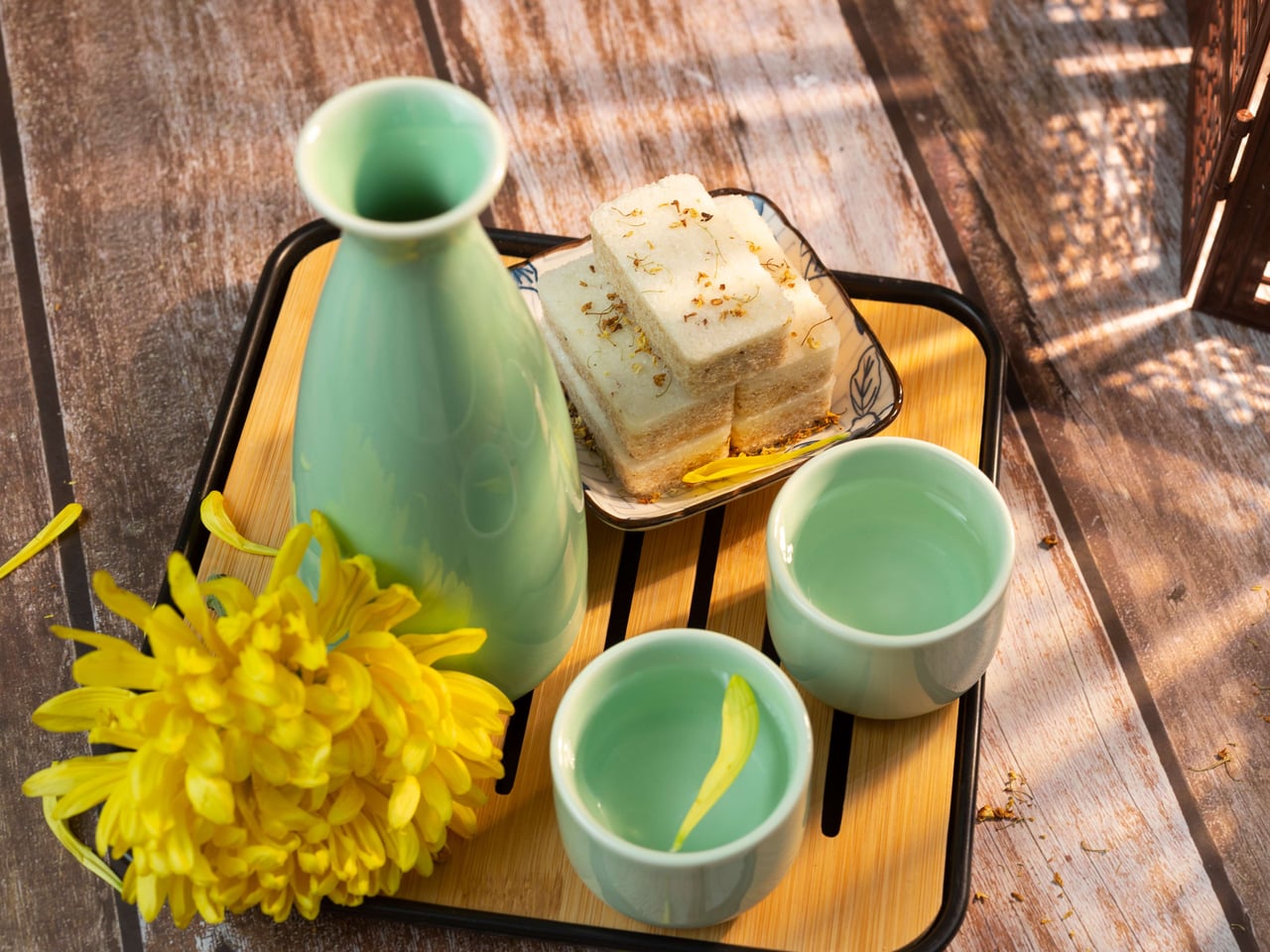
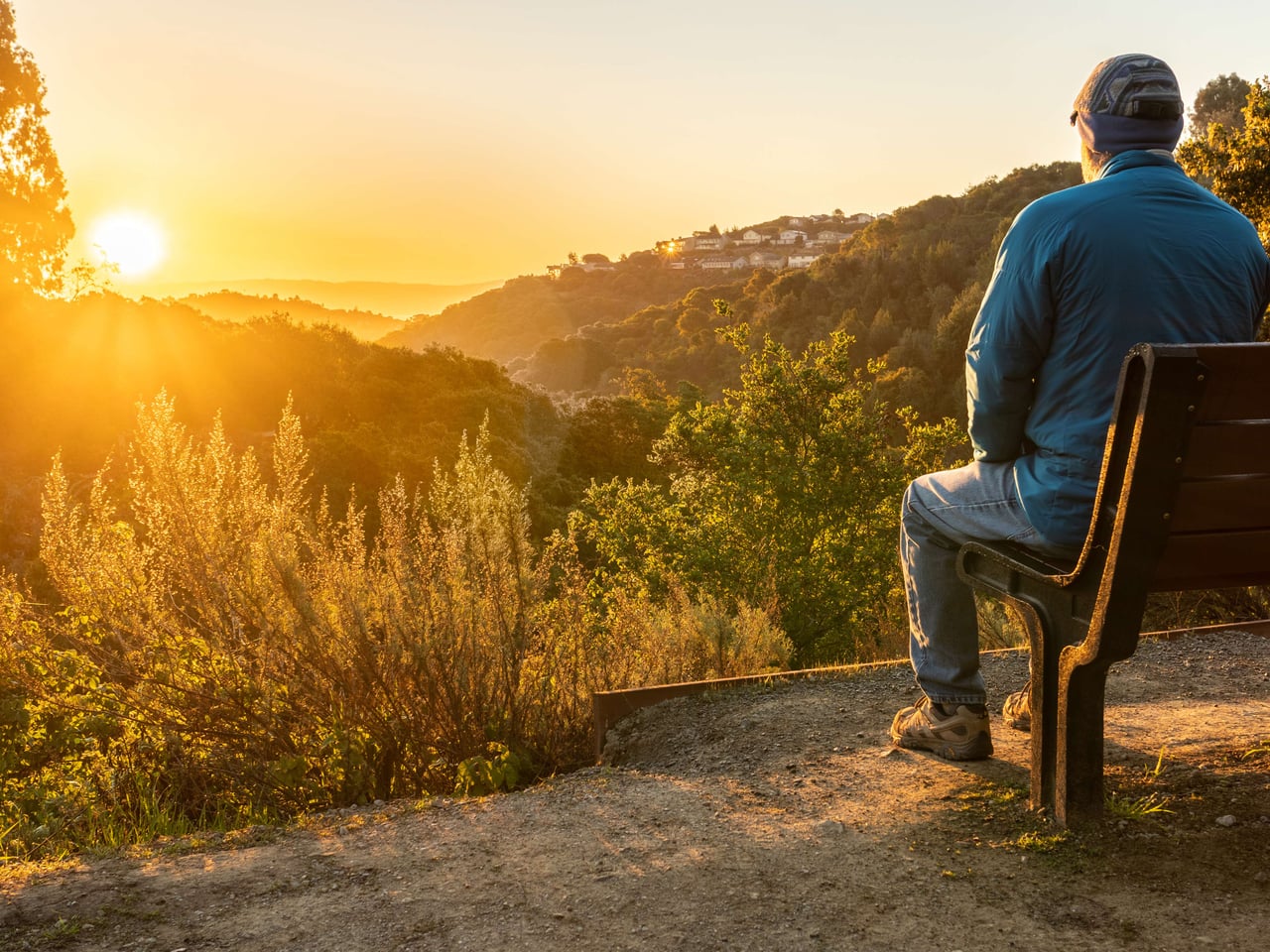
Attached: 2025 China's statutory public holiday holiday arrangements
| Holiday name | Holiday time | Holiday days |
|---|---|---|
| New Year's Day | Wednesday, January 1 | 1 day |
| Chinese New Year | January 28 (Tuesday, Chinese New Year's Eve) to February 4 (Tuesday, the seventh day of the first lunar month) | 8 days |
| Qingming Festival | April 4th (Friday) to 6th (Sunday) | 3 days |
| Labor Day | May 1st (Thursday) to 5th (Monday) | 5 days |
| Dragon Boat Festival | May 31st (Saturday) to June 2nd (Monday) | 3 days |
| Mid-Autumn Festival | From October 1st (Wednesday) to October 8th (Wednesday), it will be combined with National Day | 8 days (combined with National Day) |
| National Day | October 1st (Wednesday) to October 8th (Wednesday), combined with the Mid-Autumn Festival | 8 days (combined with the Mid-Autumn Festival) |













